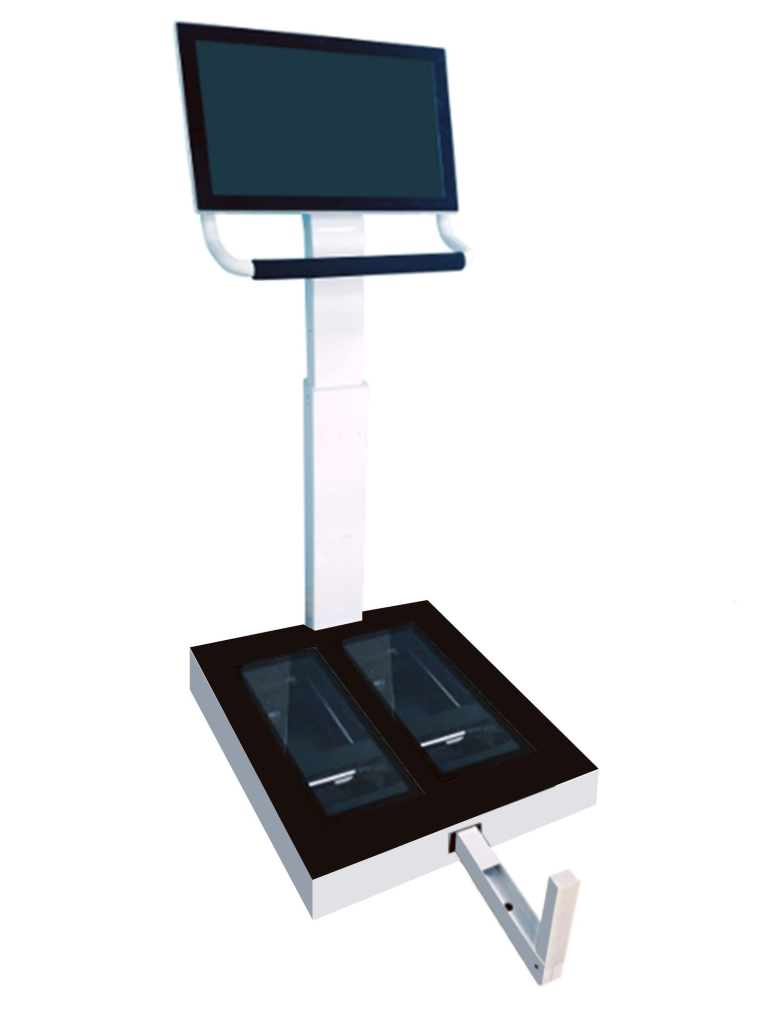In today’s rapidly advancing technological landscape, innovations in medical equipment are driving unprecedented progress in healthcare and wellness. Among these advancements, foot scanners have emerged as a crucial tool in sports medicine, revolutionizing foot health assessments. This article delves into how foot scanners, with their rigorous scientific approach, are enhancing the accuracy and comprehensiveness of foot health assessments in sports medicine.
The Importance of Foot Health
The feet serve as the foundation for human movement and physical activity, and their health status directly impacts an individual’s quality of life and athletic performance. However, traditional methods of foot assessment have often been limited by subjective judgment and accumulated experience, lacking the comprehensive and objective quantitative data needed for precise evaluations. The advent of foot scanners has significantly improved this situation.
Precision Measurement with Foot Scanners
Foot scanners, particularly 3D foot scanners, use non-contact optical technology to capture detailed three-dimensional data of the foot in a matter of seconds. This data includes parameters such as foot length, foot width, forefoot width, heel width, arch height, and instep size, as well as angular measurements like heel angle and hallux valgus angle. This comprehensive data collection capability allows doctors and sports medicine experts to conduct meticulous analyses of foot morphology with unprecedented precision.

Enhancing the Accuracy of Foot Health Assessments
Personalized Diagnostics and Treatment
For conditions such as flat feet and high arches, foot scanners provide precise measurement data that helps doctors develop personalized treatment plans. For example, custom orthotics can be created based on scan data to improve foot function, reduce pain, and enhance quality of life. Additionally, targeted rehabilitation exercises can be prescribed to address specific issues identified through the scans.
Athlete Selection and Evaluation
In athlete selection and evaluation, foot scanners play a vital role. They reveal foot characteristics such as muscle strength and joint range of motion, providing coaches with scientific data to develop personalized training programs. Regular scans can also monitor changes in athletes’ feet over time, allowing for timely adjustments to training regimens and the prevention of sports injuries.
Customized Rehabilitation and Orthotic Devices
For patients recovering from foot injuries or surgeries, foot scanners are indispensable. They provide accurate measurement data to help therapists develop personalized rehabilitation plans and create suitable orthotic devices. This precision in rehabilitation aids patients in faster recovery and a return to normal activities.
Dynamic Assessment and Comprehensive Consideration
It is important to note that foot health assessment is not limited to static measurements. In practice, dynamic assessment methods, such as force plates and plantar pressure analysis systems, are also essential to obtain information about the interaction between the foot and the ground. These dynamic data reflect the distribution of plantar pressure, providing doctors with a more comprehensive basis for evaluation. By combining static and dynamic data, doctors can more accurately assess foot health and develop more scientifically sound treatment plans.
The Impact of Foot Scanners
The introduction of foot scanners has not only significantly enhanced the accuracy and scientific rigor of foot health assessments in sports medicine but also provided strong technical support for personalized medical care and rehabilitation. As technology continues to advance and its applications expand, we have every reason to believe that foot scanners will bring health benefits to more patients and inject new vitality into the development of sports medicine. We look forward to the widespread application and remarkable achievements of this technological marvel in the future.
